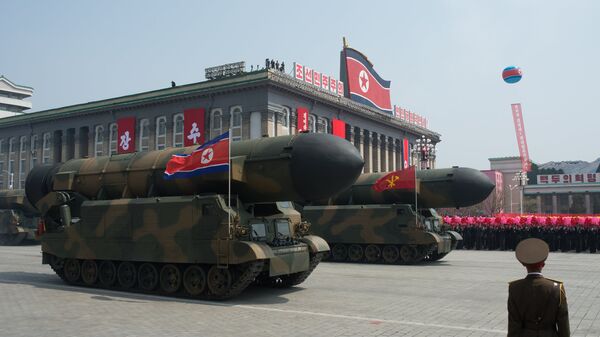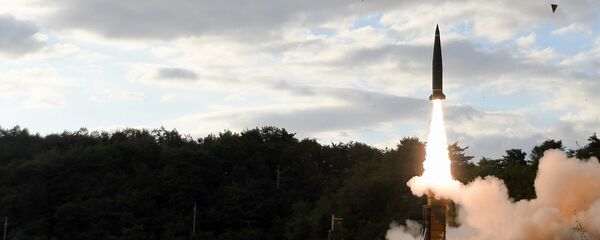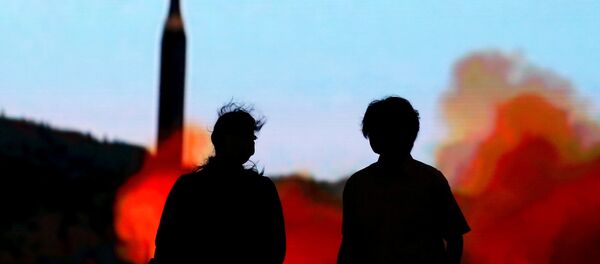The tactical ballistic missile has served in the North Korean and Iranian military services dating back to 1985. In between Pyongyang’s ballistic missiles that flew over Japan on two occasions over the past month, the military test fired three of the old Scud-Bs, according to the Daily Caller.
US Pacific Command spokesman David Benham retracted the unit’s first report stating that each short-range missile test had failed. “As an update to our initial release, the first and third … did not ‘fail in flight,” Benham told Yonhap News Agency. “Rather, they flew approximately 250 kilometers in a northeastern direction,” the spokesman added.
The upgraded Scud-B is being referred to by North Korean forces as KN-21, The Diplomat reported Thursday. Kim has around 900 short-range ballistic missiles including the KN-21, and newer Scud-C and Scud 2 missiles, the news outlet noted.
“North Korea has had a ballistic missile program for more than 4 decades…the short- and medium-range missiles originally were produced for defense and deterrence against the United State and South Korea, but the missiles could, of course, be used offensively,” the US Army War College reported.
What’s more, the ballistic missiles could be theoretically equipped with nuclear warheads.
The Korean People’s Army (KPA) adheres to a doctrine set forth by Kim Il-Sung, who ruled from 1948 until his death in 1994 and is Kim Jong-un’s grandfather. The doctrine stipulates that the entire population must be armed, the entire country must be fortified, every member of the army must be trained to teach combat to offspring and that the country’s armaments and tactics must follow “Juche” in national defense, according to the War College’s report.
Juche is a deeply rooted North Korean ideology praising the concepts of “self-reliance and self-sufficiency,” the War College notes.
North Korea tested yet another ballistic missile early Friday morning following the UN Security Council’s decision to impose new sanctions on Pyongyang.




